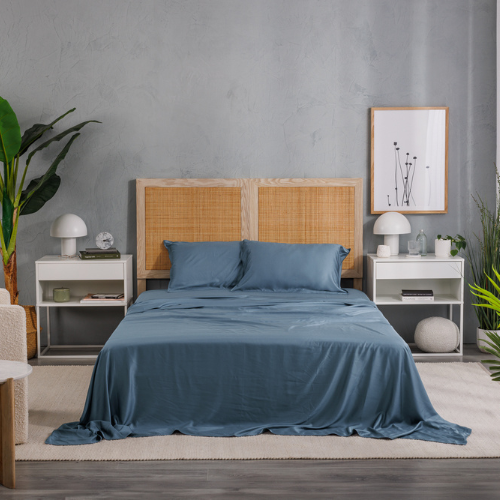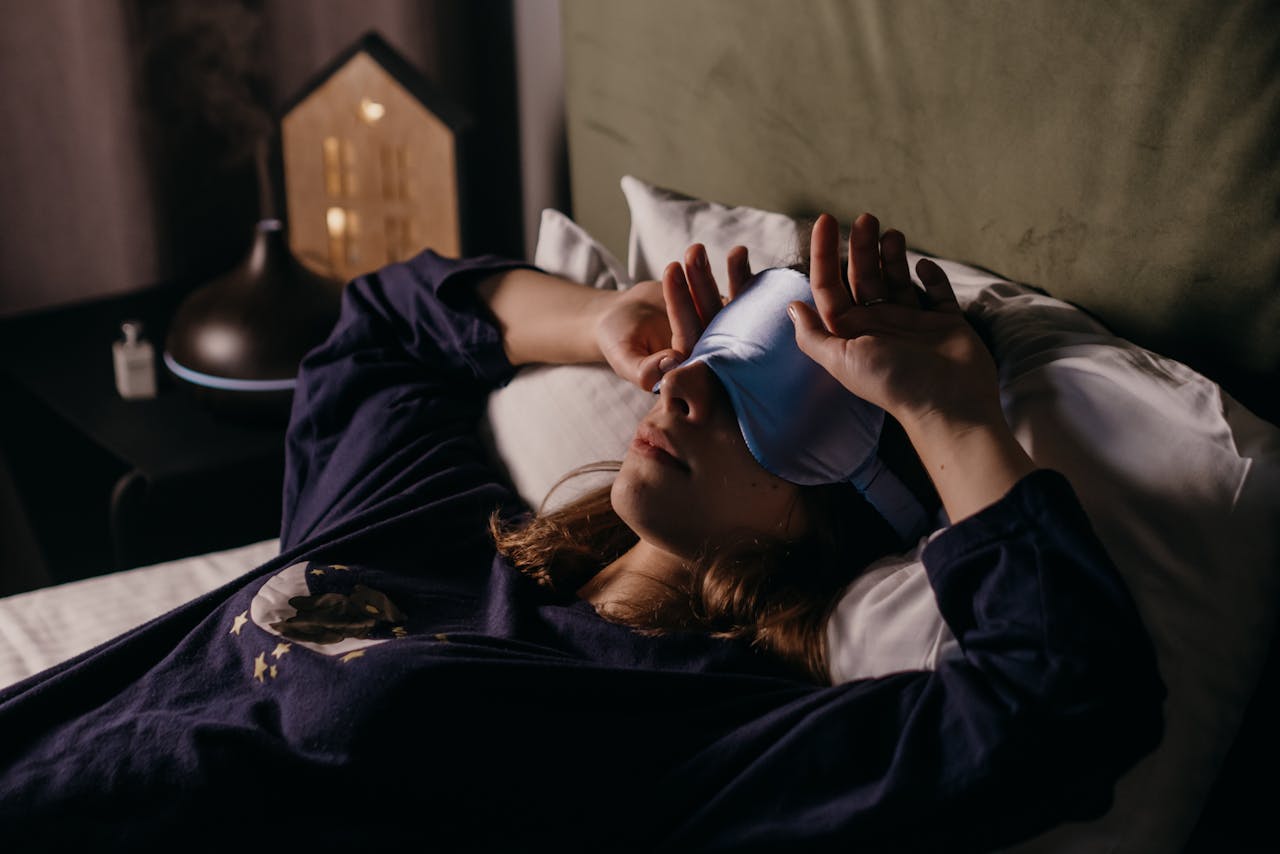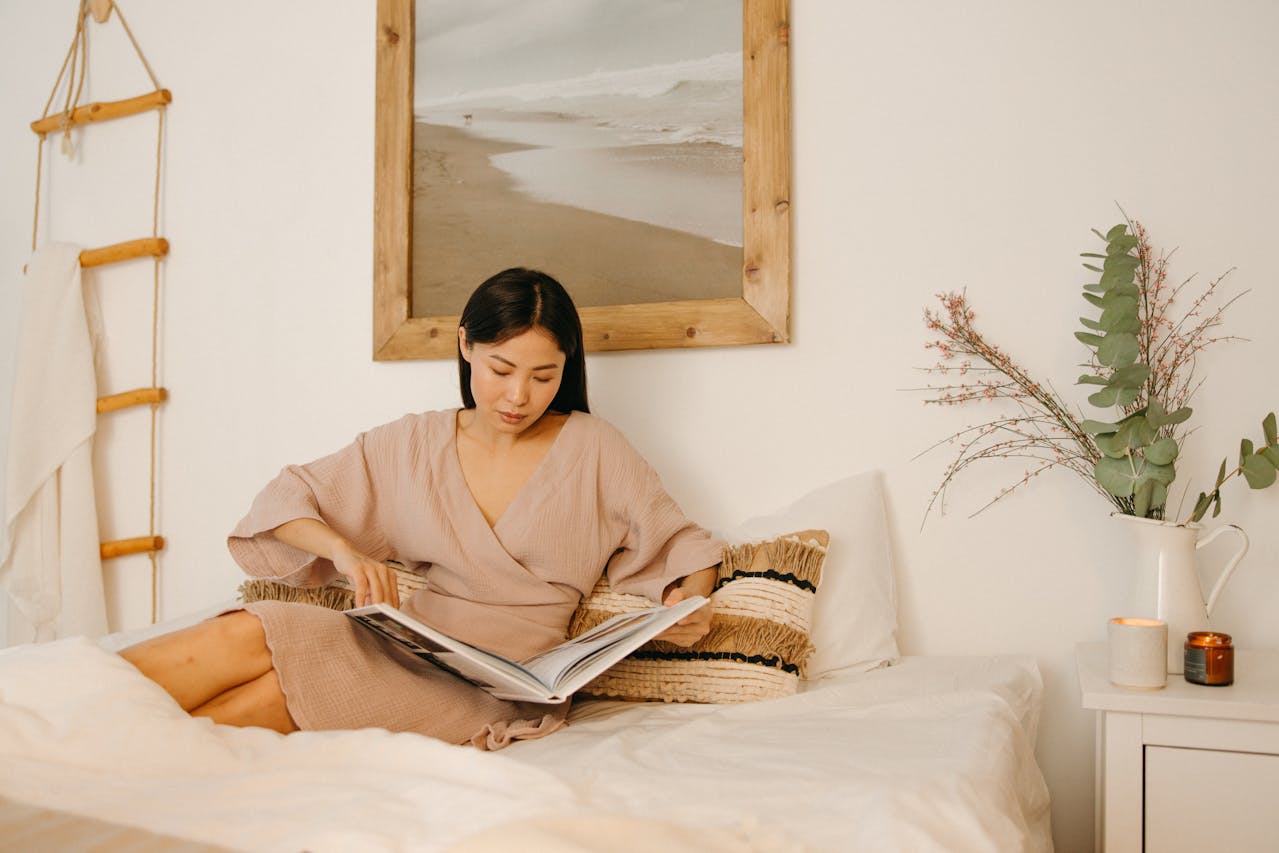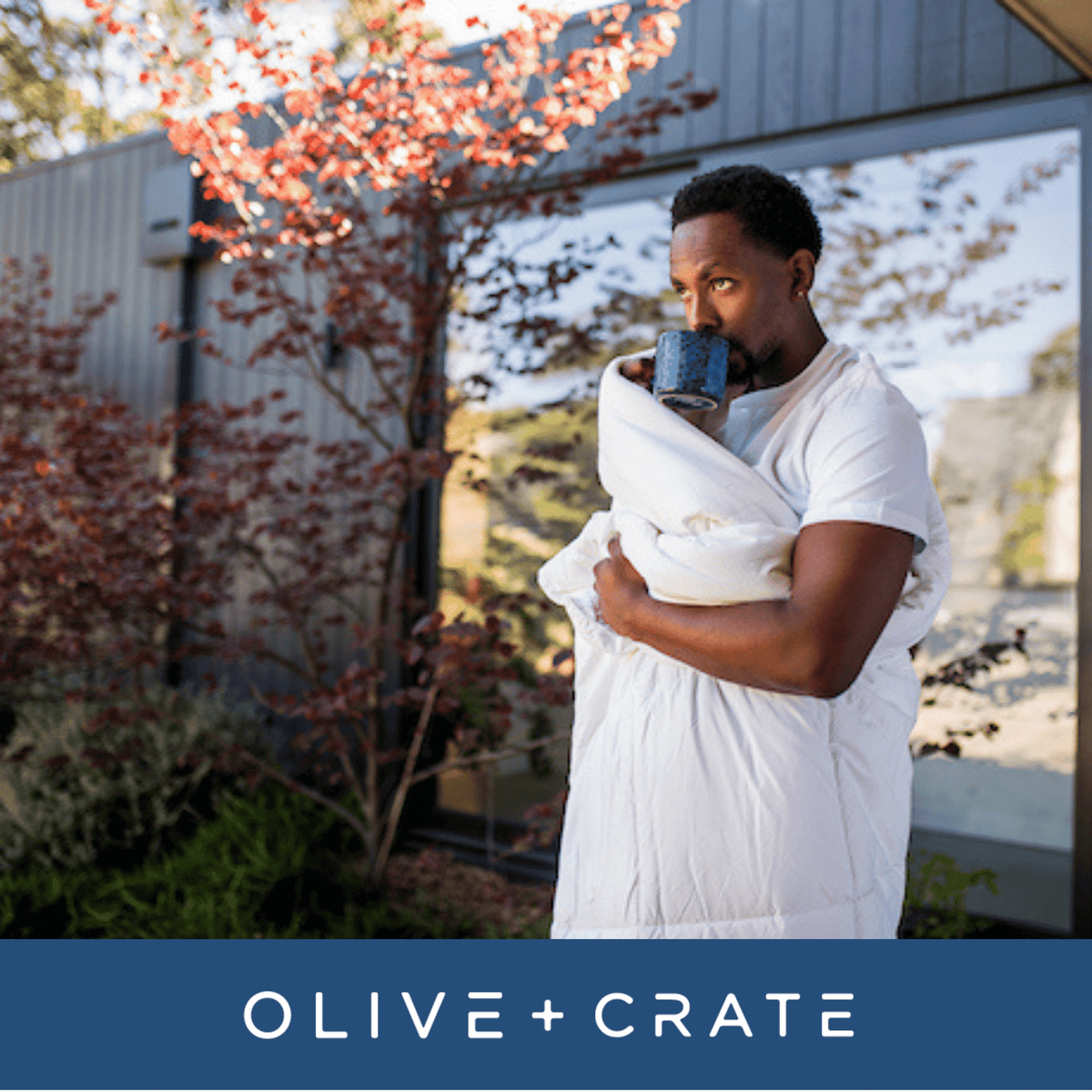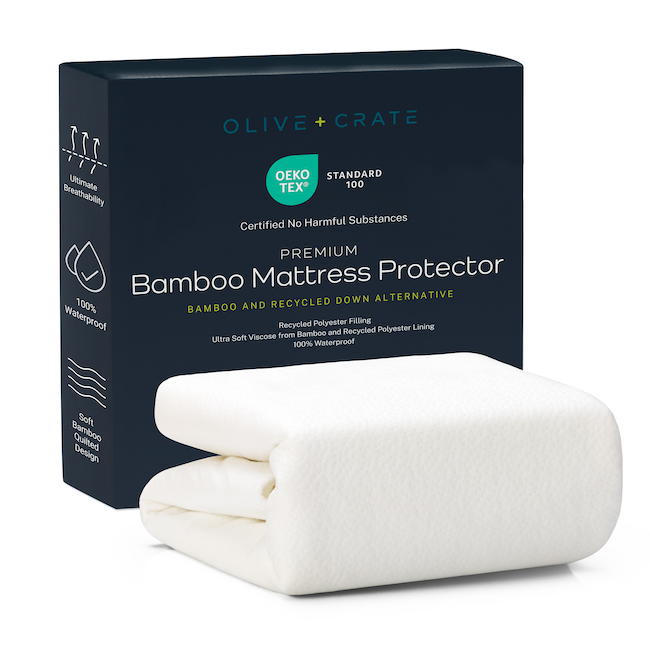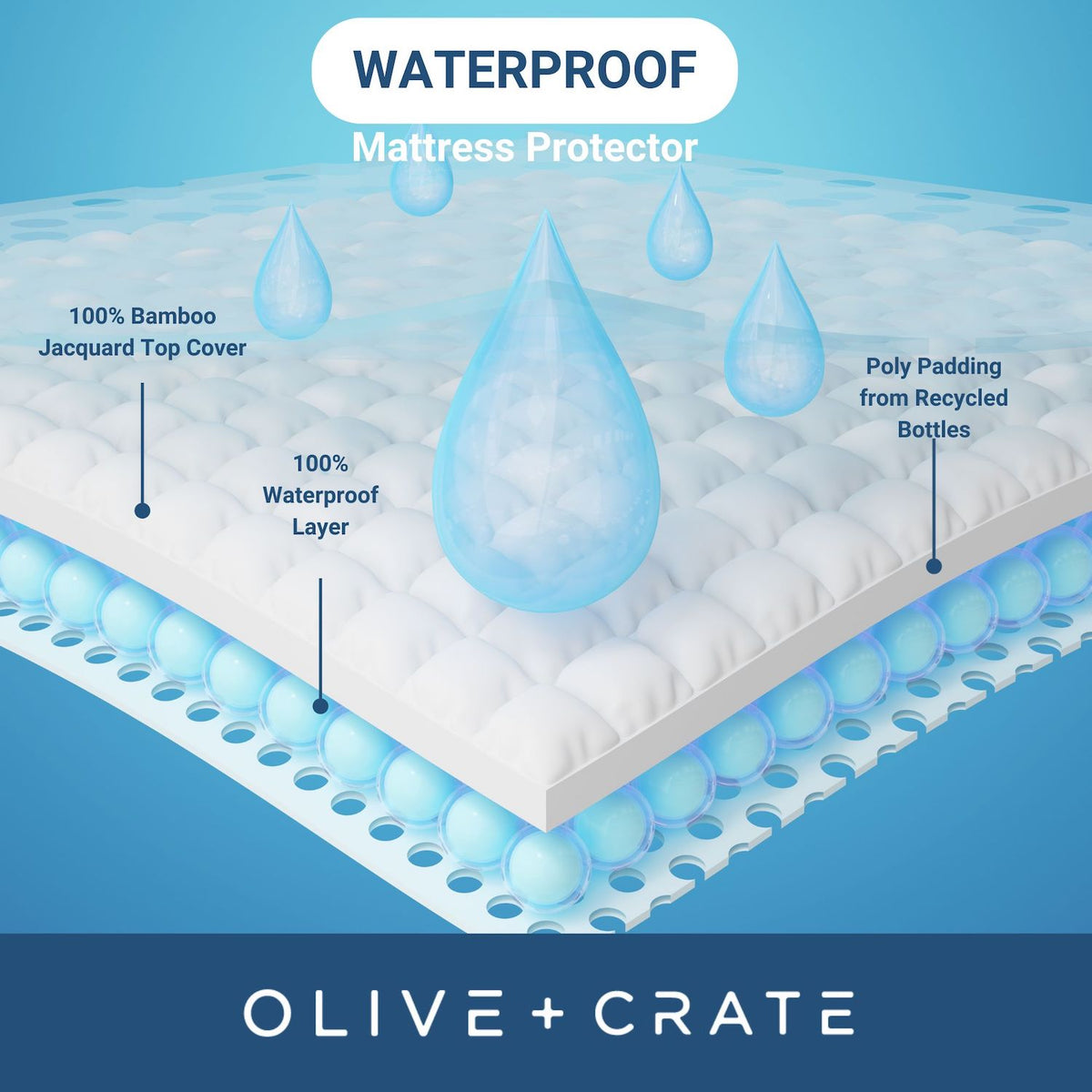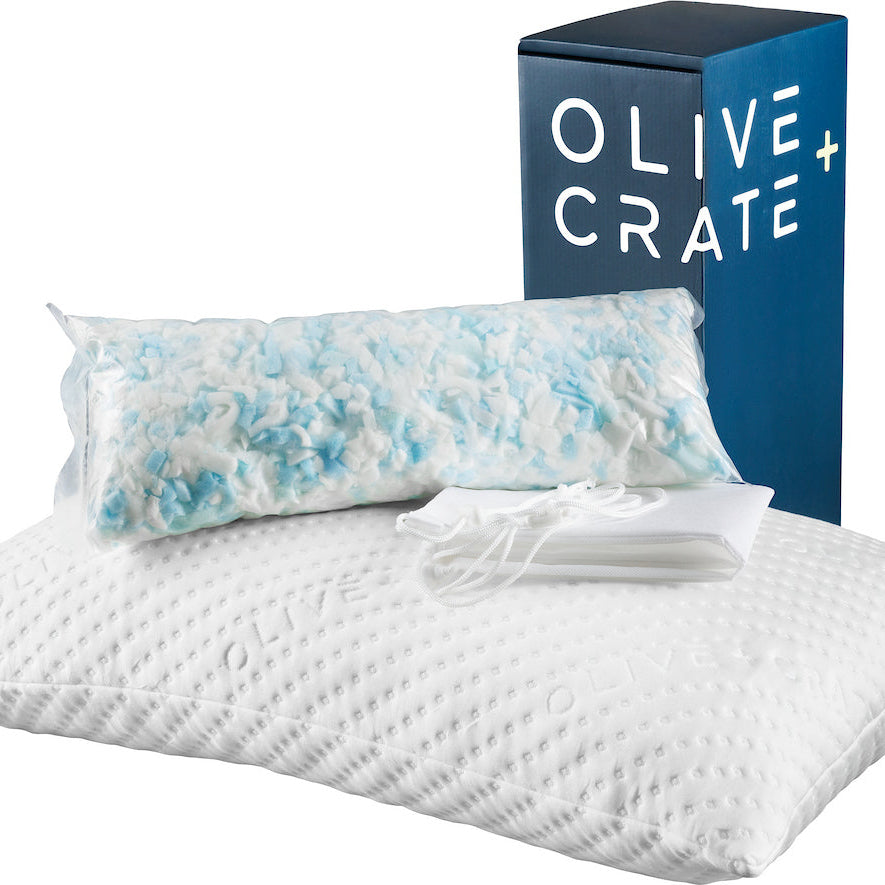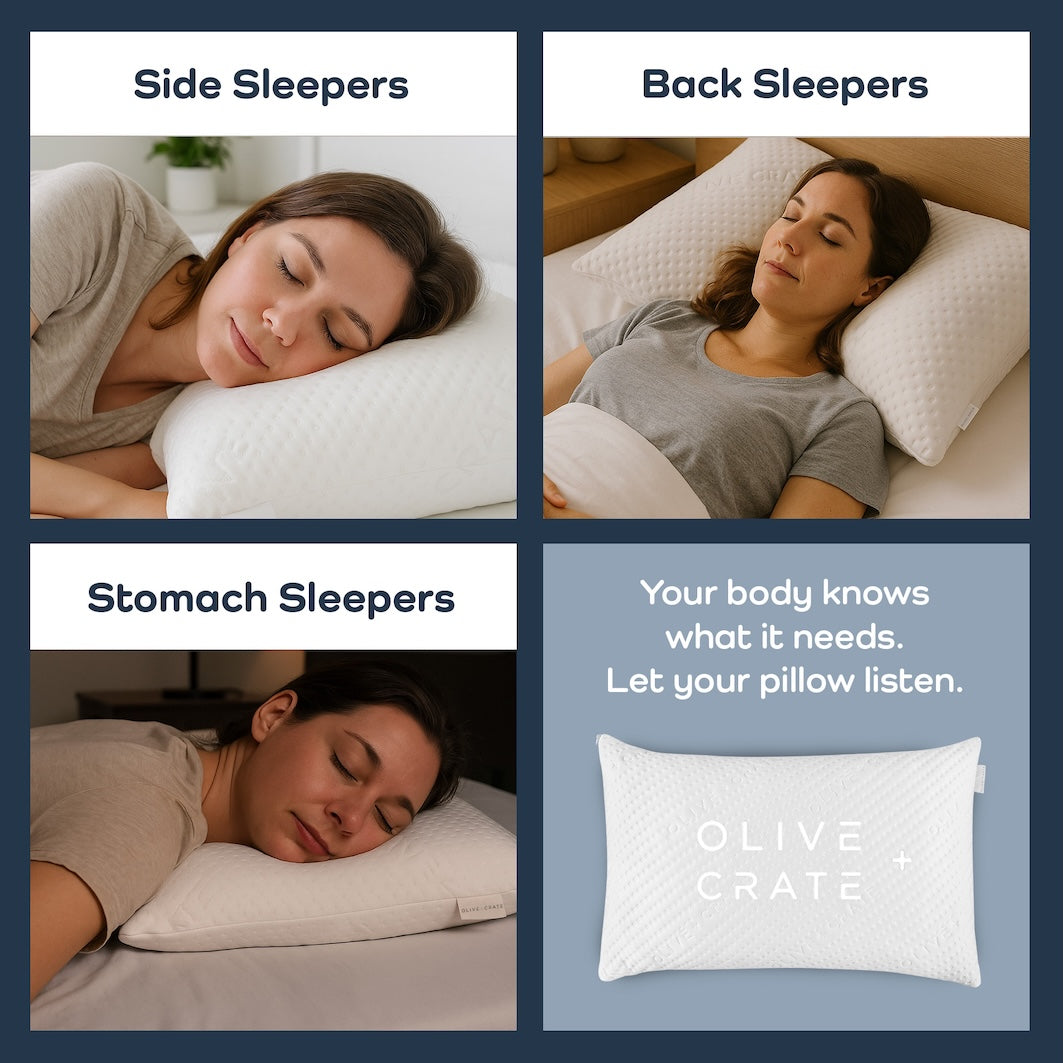Thread Count Reality Check - What Actually Makes Sheets Comfortable
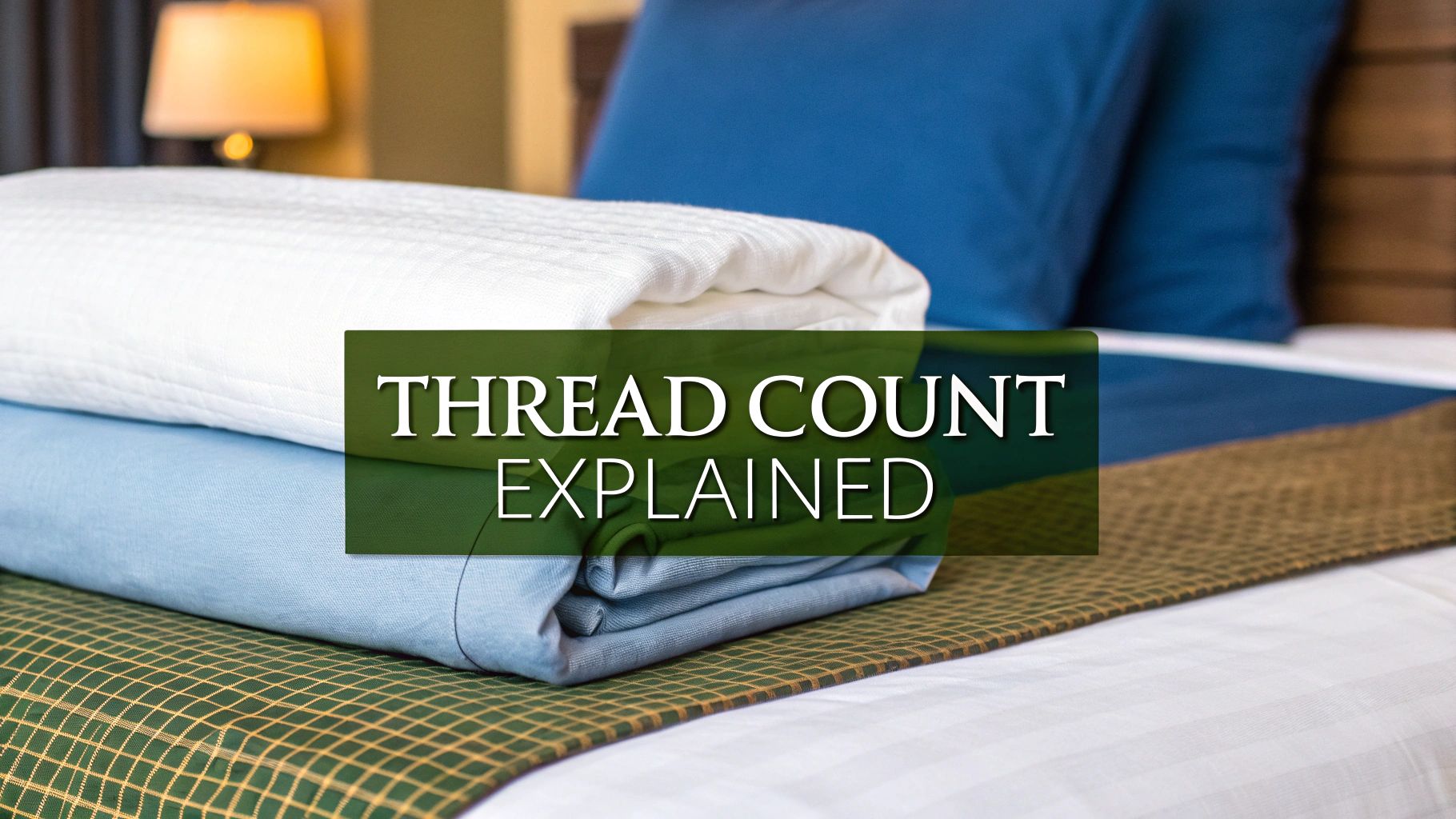
Thread count. It's the number everyone throws around when talking sheets, right? It's simply a measure of how many threads are crammed into a square inch of fabric. But honestly, after years of testing, I've found that the thread count hype often hides what really matters for a good night's sleep. Forget the marketing; I've learned that factors like yarn quality, fiber length, and weave are way more important than a sky-high thread count. Let's ditch the number game and dig into what truly makes sheets comfortable.
Key Quality Factors Beyond Thread Count
Here’s what I look for when I'm picking out new sheets:
- Fiber Quality: Look for long-staple varieties like Tencel or Pima cotton. These are less likely to pill and actually get softer the more you wash them.
- Weave Style: Percale is your go-to for a crisp, breathable feel, perfect for staying cool. If you prefer a silky smooth drape, go for sateen.
- Yarn Ply: Single-ply yarns create a light, airy fabric that's surprisingly durable. Multi-ply yarns can be a bit of a trick – they bump up the thread count but often result in a heavier fabric.
- Finish and Treatment: Organic processing and minimal finishes are key. They keep the natural softness of the fibers and reduce the amount of chemicals used.
Quick Thread Count Comparison
Let me illustrate this with a simple example:
| Thread Count | Material | Feel | Breathability | Price |
|---|---|---|---|---|
| 300 | Tencel | Soft, airy | High | $$ |
| 1000 | Polyester Blend | Smooth, heavy | Low | $$$ |
See how misleading thread count can be? Some manufacturers inflate the numbers by twisting multiple plies of thread together. A 1000-thread count sheet made this way might feel thicker and less breathable than a 400-count sheet made with single-ply cotton. Back in the day, a high thread count did mean quality craftsmanship, but now some brands use multi-ply yarns and lower-quality fibers to game the system. Learn more about how thread count can be manipulated here.
In my experience, the sweet spot is between 300 and 500 for single-ply cotton, Tencel or bamboo blends. You'll get true comfort without breaking the bank. Hot sleepers will love the lightness of the lower end of that range, while those who crave a silky feel will find the higher end balances smoothness and durability. By the way, if you’re wondering about the best way to store your sheets when you’re not using them, check out this guide on the best way to store clothes long term.
Takeaway
Don't get caught up in the thread count trap! The real secret to comfortable sheets lies in the materials and weave. Focus on single-ply yarns, long fibers, and what feels best for your sleep style. That's how you'll find sheets you'll love night after night.
Finding Your Comfort Zone - The Thread Count Range That Works
So, you've figured out the thread count puzzle – great! Now, let's find the sweet spot that actually improves your sleep. From my experience, and backed up by sleep experts, the 200-600 range usually hits the mark. But each range within this zone has its own personality. Let's explore why lower counts are breezy, the middle ground pleases most, and when a higher count might be worth it.
Balancing Softness and Airflow
If you're a hot sleeper constantly kicking off the covers, a thread count between 250 and 300 offers that crisp, breathable feel. I remember taking a 260-count percale set on a humid summer trip – I stayed cool and comfortable all night. This lower range lets your body heat escape, preventing those dreaded night sweats and promoting deeper sleep.
Middle Ground for Most Sleepers
The 300 to 500 range is the Goldilocks zone for many. It offers:
- Plush drape without overheating
- Durable single-ply long-staple fibers
- A gentle, lived-in feel that gets better with each wash
And, statistically speaking, the 200 to 600 range is often seen as ideal across various fabrics, like cotton, tencel, bamboo, and blends. Good Housekeeping has some great insights on optimal sheet thread counts. Now, let's talk about higher counts.
When to Go Above 600
If you love that luxurious, silky sateen sheen, you might prefer counts over 600. These higher counts can feel amazing in cooler climates and create a beautiful drape. But from what I've seen, there are diminishing returns – overly dense fabrics can trap heat and feel heavy. Look for long-staple yarns and single-ply construction; those are signs of true quality, not just a bigger number.
Here's a visual guide to how comfort levels change across different thread count ranges:
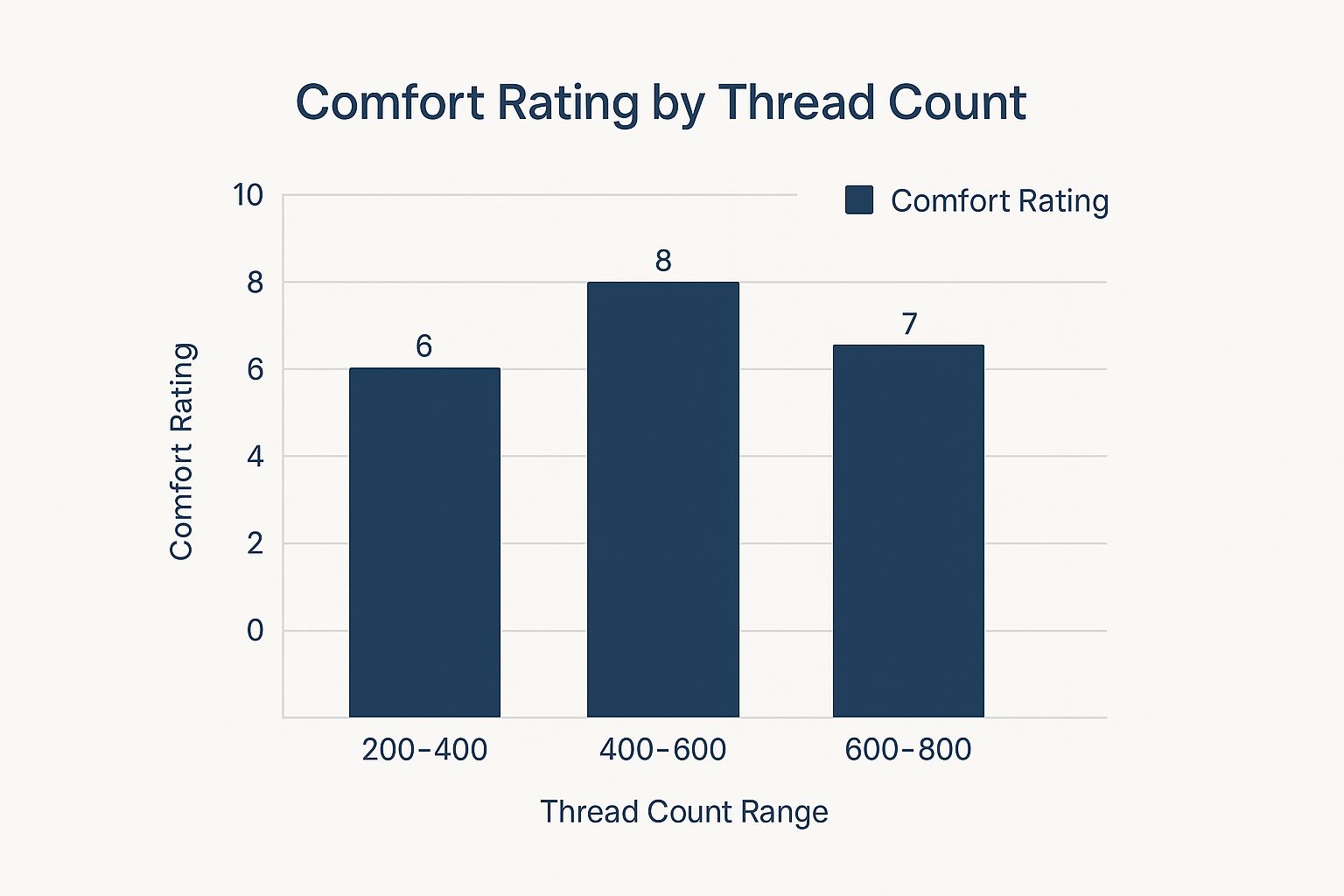
As you can see, 400-600 often ranks highest for comfort, with 200-400 close behind. The 600-800 range sometimes dips in comfort because the higher density can feel too snug.
To make things even clearer, let's look at a table summarizing the key differences:
Thread Count Ranges and What to Expect: A practical comparison of different thread count ranges showing comfort levels, durability, and best use cases for each range.
| Thread Count Range | Feel & Comfort | Durability | Best For | Price Range |
|---|---|---|---|---|
| 200–400 | Lightweight, airy | Good for daily use | Hot sleepers, summer | $ |
| 400–600 | Supremely soft | Very durable | Most climates, couples | $$ |
| 600–800 | Silky, drapey | Moderate | Cooler bedrooms, style | $$$ |
This table gives you a quick overview of what to expect from each range. By considering your sleep habits and climate, you can easily find your ideal comfort zone. Next up, we'll discuss why fabric and weave can be even more important than thread count when upgrading your sleep experience.
Material Matters More Than You Think - Why Fabric Beats Numbers

Let me tell you a little secret about the bedding industry: they don't always tell you the whole story about thread count. Fabric and weave are often way more important. Seriously, I learned this the hard way. I once splurged on 800-count sateen sheets, thinking I was getting the ultimate in luxury. Turns out, they were stuffy and hot. Then I switched to a basic 200-count percale set, and it was like sleeping on a cloud – crisp and cool.
What's the deal? A good thread count isn't just about the number; the type of fiber makes a huge difference. Egyptian cotton, with its long fibers, can create incredibly soft sheets even at a lower thread count (think 300-400). And if you're a hot sleeper, tencel sheets are a game-changer. Their natural moisture-wicking properties make thread count almost an afterthought. If you’re curious about different sheet materials, check out this comparison: Comparing Bamboo vs. Cotton vs. Eucalyptus Sheets.
Weave Works Wonders
Beyond the material itself, the weave dramatically changes how the sheets feel. Percale gives you that crisp, cool, hotel-bed feeling. The best part? It softens beautifully over time. I love how my percale sheets feel like they're getting better with every wash. Sateen, on the other hand, has that silky smooth, luxurious drape – looks amazing in photos.
Real-Life Feel and Finding Your Match
So, how do you choose the right bedding for you? Focus on the combination of material and weave. Think about what feels best against your skin. Crisp and airy like percale, or silky smooth like sateen? Also, consider your climate and sleeping habits. Do you get hot easily? These factors are much more important than chasing a high thread count.
My Low-Count Luxury Secret
Want to know another secret? Some of my absolute favorite sheets have a surprisingly low thread count. The key is high-quality, long-staple cotton in a percale weave. The result? Unbelievable comfort every night, even though the thread count is lower than what many brands try to sell you as "luxury." Finding the perfect sheets is all about understanding how these factors work together to create your ideal sleep environment.
What Smart Sheet Buyers Actually Prioritize Now
The bedding market has shifted. Remember all that hype about thread count? Yeah, savvy shoppers aren't falling for that anymore. They're digging deeper and focusing on what really makes for a good night's sleep. Thread count matters, sure, but it's not the only thing. These days, breathability, sustainability, and overall sleep quality are king.
The Rise of Eco-Friendly Comfort
Take tencel sheets, for instance. A 300-500 thread count is the sweet spot, and people are loving them. They're eco-friendly, soft, and they help regulate temperature. It's proof that a good night's sleep doesn't require a crazy high thread count. I think this shift is happening because people are more aware of their environmental impact and want healthier choices for their sleep.
Beyond Thread Count: Material and Weave
Thread count isn't the whole story. The type of product and the fabric itself are huge factors. The luxury market is a great example. They're all about premium materials and specialized weaves instead of jacking up the thread count. They understand that the type of thread and how it's woven makes all the difference. Think long-staple Egyptian cotton or a crisp percale weave – those details often outweigh thread count alone. The global bedding market is booming, and this demand for comfort and quality is driving that growth. Thread count is still a marketing tactic, but people are getting wiser to its limitations. Surveys show that while most folks look for sheets in the 200-800 thread count range, there's a definite increase in interest in fabric type, breathability, and sustainability.
The Future of Bedding: Transparency and Real Value
This growing awareness is pushing brands to be more upfront about real quality indicators. They're highlighting things like organic certifications, sustainable sourcing, and innovative weaving techniques that actually improve sleep. This transparency empowers buyers to make informed decisions based on what truly matters – a comfortable and restful night. As consumers become more educated about what a "good thread count for sheets" actually means, they're demanding more from brands, which ultimately means better bedding for everyone.
Shopping Strategy - How to Choose Sheets That Deliver Real Comfort
Picking out sheets shouldn't feel like a chore. It should be about finding that perfect set that makes you actually want to crawl into bed. My personal sheet-shopping philosophy starts with thinking about my sleep style. Are you a hot sleeper, constantly kicking off the covers? Or do you burrow in and stay bundled up all night? This helps determine if you’ll be happier with a breathable percale or a smooth, drapey sateen, regardless of the thread count. Also, set a budget beforehand. Seriously, some of my most-loved sheets cost under $150 and feel way better than some of the pricey “luxury” brands.
Look Beyond the Numbers
Instead of getting hung up on thread count, focus on finding brands that are upfront about what their sheets are made of and how they’re made. Remember, thread count isn't the be-all and end-all. A high thread count doesn't automatically equal quality. For example, some companies use multi-ply yarns, essentially twisting thinner threads together, to boost their thread count. While this might sound impressive, it can result in a heavier, less breathable fabric. I've found a 300-count single-ply sheet can often feel far more luxurious than a 1000-count multi-ply one. If you're curious about alternative materials, you might want to learn more about how eucalyptus bedding can impact your sleep.
Smart Shopping Tips From a Bedding Enthusiast
Over the years, I've picked up a few tricks for finding the best sheets:
- Read Real Reviews: Don't just skim the star ratings. Look for reviews from people who've actually used the sheets for a while and can speak to their long-term comfort and durability.
- Ask Questions: If a brand's website is vague about the materials or construction, don't hesitate to reach out to their customer service. A reputable company will be happy to answer your questions.
- Feel the Fabric (If Possible): If you have the chance to visit a store and touch the sheets in person, definitely do it! It's the best way to get a feel for the texture and drape.
To help you visualize the best sheet choices for your specific needs, I've put together this handy checklist:
Sheet Selection Checklist by Sleep Style: A practical guide matching different sleep preferences and needs with ideal sheet characteristics and thread count ranges.
| Sleep Style | Recommended Fabric | Ideal Thread Count | Weave Type | Key Features |
|---|---|---|---|---|
| Hot Sleeper | Percale, Linen, Tencel | 200-400 | Percale | Breathable, Crisp, Cool |
| Cold Sleeper | Flannel, Sateen | 300-600 | Flannel, Sateen | Warm, Soft, Cozy |
| Combination Sleeper | Tencel Sateen, Cotton | 300-500 | Sateen | Smooth, Versatile |
| Sensitive Skin | Tencel, Pima Cotton | 300-600 | Percale, Sateen | Soft, Hypoallergenic |
This table makes it easy to see how different fabrics and weaves cater to various sleep preferences. Remember, finding the right sheets for you is a personal journey.
Making the Right Choice for Your Best Sleep
So, now you know the secrets of comfy sheets – you're ready to seriously upgrade your sleep! The perfect thread count isn’t the biggest number you can find, it's the one that feels just right for you. Think about how you sleep, the temperature where you live, and what feels best against your skin. Don't get fooled by marketing hype. Honestly, a 300-thread count sheet can feel way more luxurious than a 1000-count if it’s made with quality materials.
I've learned from experience that focusing on good materials, the right weave, and brands that care about comfort (not just big thread counts) is the key. A good starting point is the 300-500 thread count range for cotton or bamboo. If you love that crisp, cool feeling, percale is perfect. If you’re all about silky smooth luxury, then sateen is your go-to. Want something a little different? Check out this: Reasons Why Eucalyptus Sheets Are Worth the Price.
Investing in Sleep-Worthy Sheets
Don't be afraid to invest in good quality basics. A great set of sheets, even if it costs a little more upfront, will last through tons of washes and give you years of amazing sleep. Remember, the best sheets are the ones that fit your sleep style. They should be breathable, soft, and long-lasting. Focusing on these qualities will help you find sheets you'll absolutely love, making it easy to drift off to sleep every night.
Ready to see what makes Olive + Crate different? Our eucalyptus sheets are designed for your best sleep. They're naturally cooling, breathable, and super gentle on sensitive skin. Shop our collection of premium eucalyptus bedding and discover a whole new level of sleep comfort.


